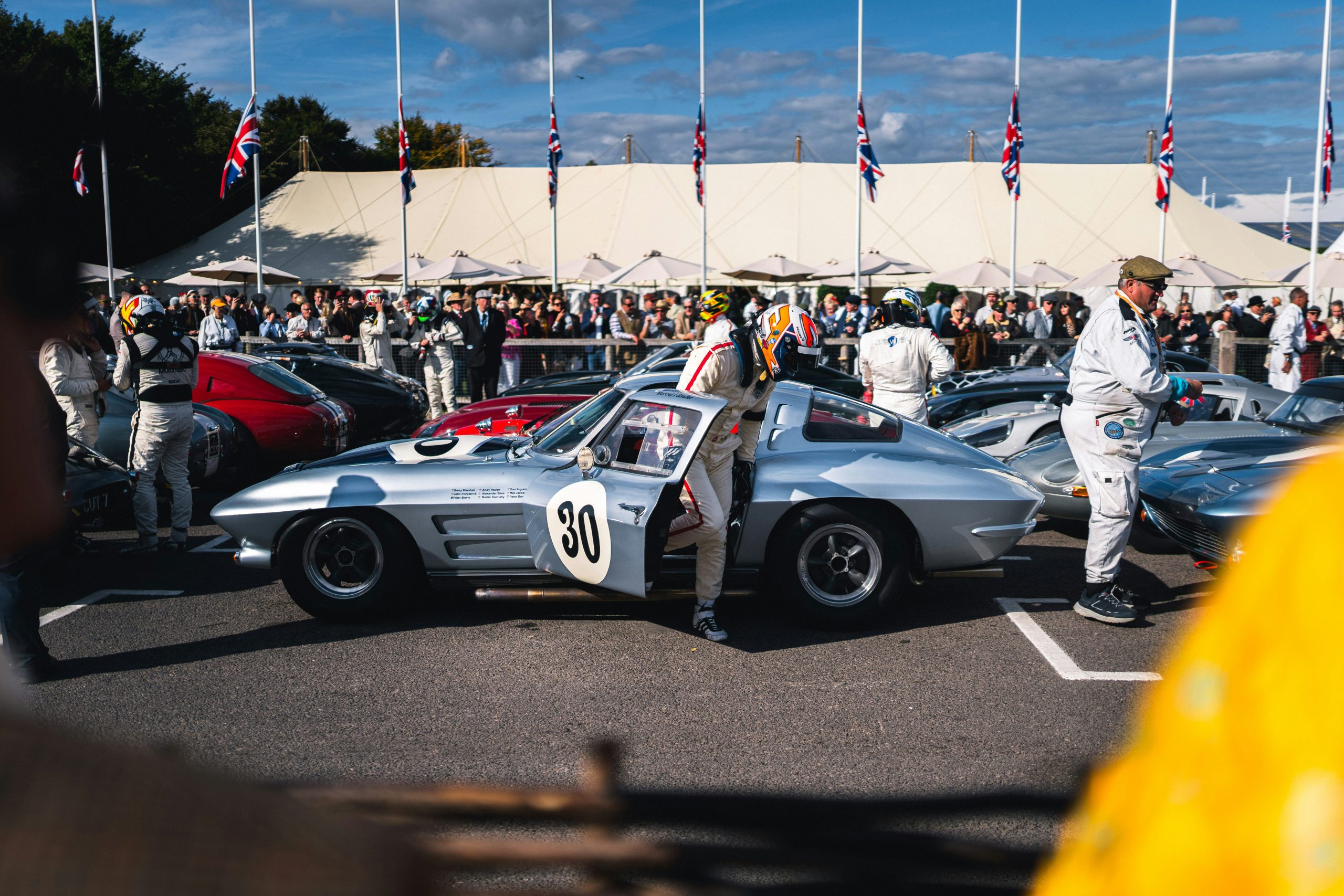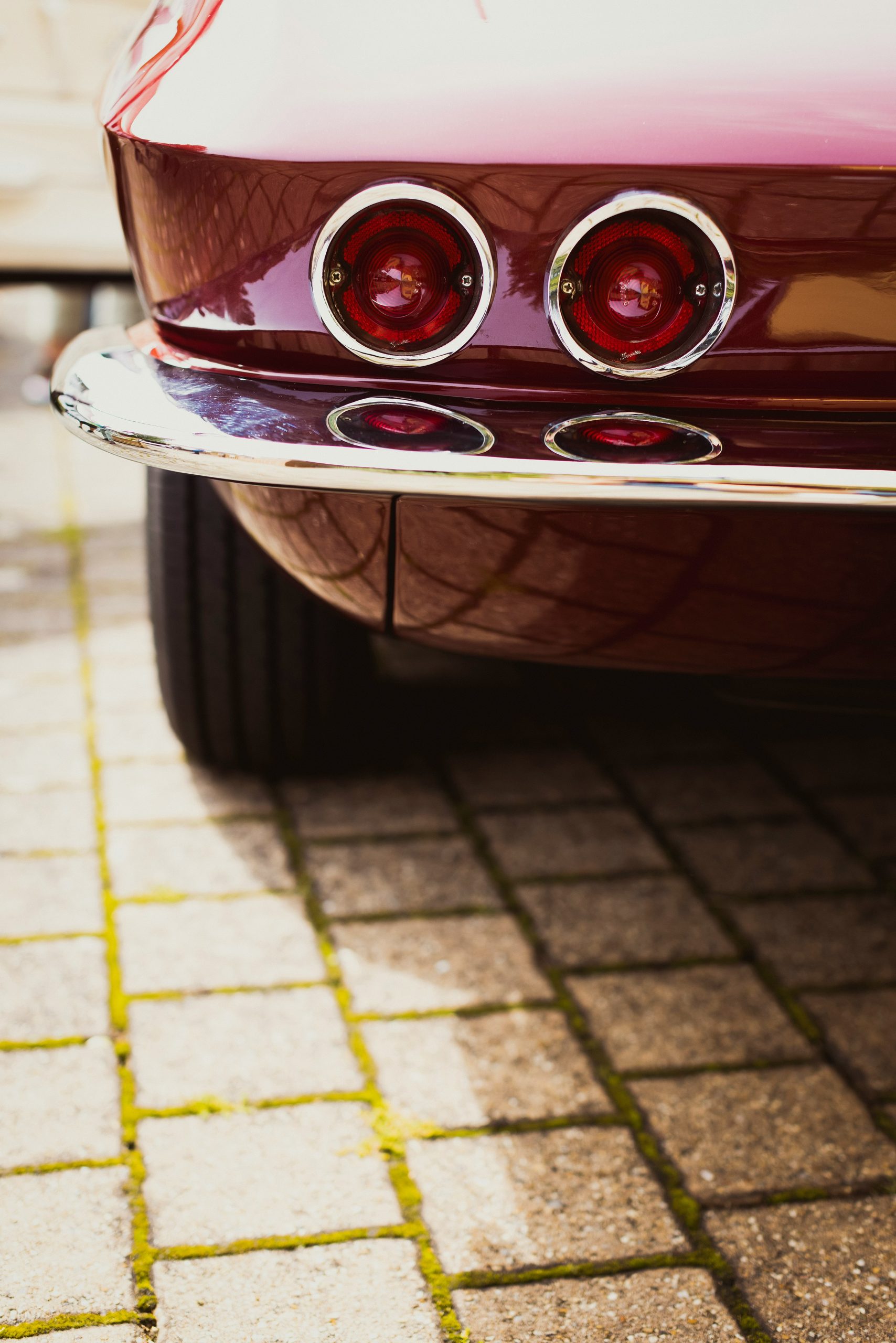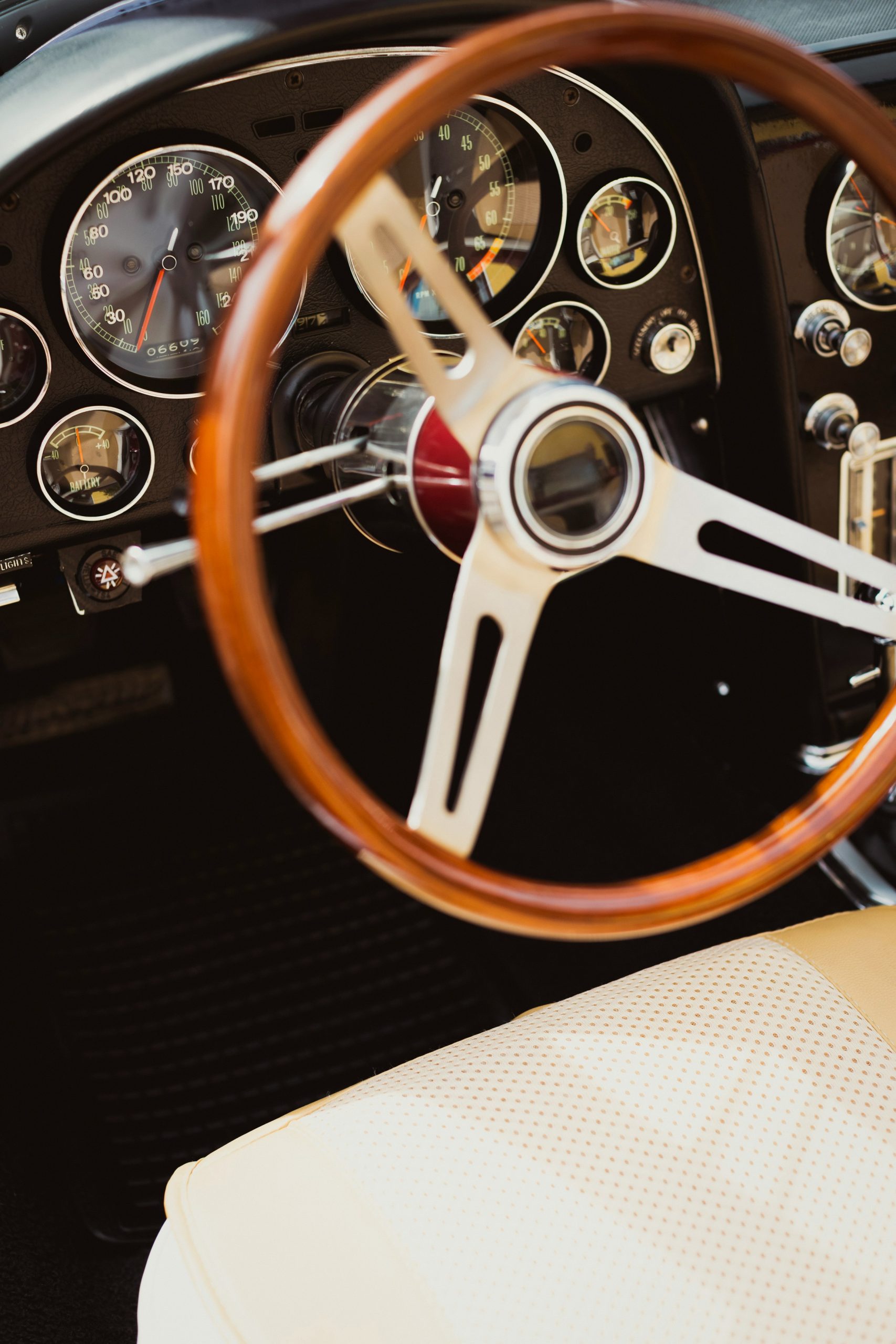1963 Corvette C2
The Chevrolet Corvette C2, often referred to simply as the “C2” or the “Sting Ray,” is a quintessential American sports car that epitomizes the spirit of the 1960s. Introduced in 1963, the C2 represented a significant evolution from its predecessor, blending striking design, powerful performance, and technological innovation. This article delves into the history, design, engineering, and enduring legacy of the Chevrolet Corvette C2, highlighting its impact on automotive culture and its lasting appeal among enthusiasts.




The Chevrolet Corvette C2 was developed at a time when American automakers were embracing the concept of the sports car as a symbol of performance and style. Building on the success of the original Corvette (C1), the C2 aimed to refine and modernize the iconic American sports car while retaining its distinctive character and appeal.
Introduced under the guidance of General Motors’ chief stylist Bill Mitchell and Corvette’s chief engineer Zora Arkus-Duntov, the C2 was designed to be more than just a sports car; it was a statement of design and technological prowess. Its development included significant input from racing experience and consumer feedback, resulting in a car that not only looked stunning but also performed exceptionally well on both road and track.
The design of the Chevrolet Corvette C2 is characterized by its sleek, aerodynamic lines and aggressive stance. The car’s fiberglass body featured distinctive styling cues such as hidden headlights, a split rear window (unique to the 1963 model year), and sweeping side contours that accentuated its muscular proportions. The C2 was available in both coupe and convertible body styles, with the coupe featuring a distinctive fastback roofline that contributed to its aerodynamic efficiency and sporty profile. The convertible variant offered open-air motoring, emphasizing the C2’s versatility and appeal to driving enthusiasts who appreciated the thrill of the open road.
The Chevrolet Corvette C2 was powered by a range of V8 engines, starting with the 327 cubic inch (5.4-liter) small-block engine in various states of tune. Later model years saw the introduction of the 396 cubic inch (6.5-liter) big-block V8 engine, offering even more power and torque for exhilarating acceleration and top-end speed. The C2 featured independent rear suspension, a first for Corvette, which improved handling and ride comfort compared to its predecessor. The chassis was further refined with improved braking systems, wider tires, and upgraded suspension components, enhancing the car’s overall performance and drivability.

The Chevrolet Corvette C2 enjoyed considerable success both on the road and in motorsport, solidifying its reputation as a capable performer and a symbol of American automotive excellence. It competed in various racing series, including endurance races and SCCA (Sports Car Club of America) events, where it showcased its speed, durability, and handling prowess. During its production run from 1963 to 1967, Chevrolet produced approximately 117,964 units of the Corvette C2 across all body styles and engine configurations. This relatively low production number, coupled with its iconic status and racing pedigree, contributes to the Corvette C2’s desirability among collectors and enthusiasts.







